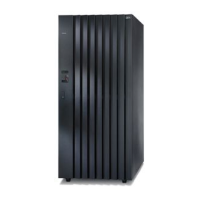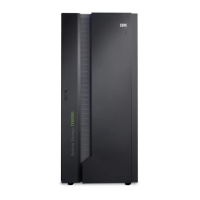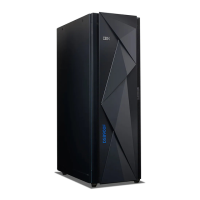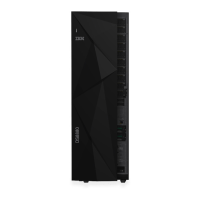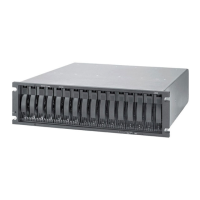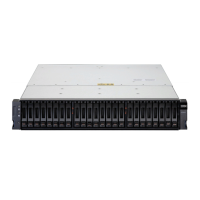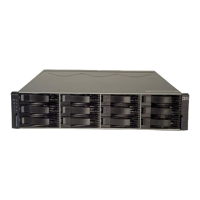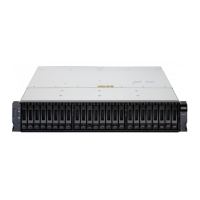Do you have a question about the IBM DS8000 and is the answer not in the manual?
| Data Encryption | Yes |
|---|---|
| High Availability | Yes |
| Drive Types | SSD, HDD |
| RAID Support | RAID 5, RAID 6, RAID 10 |
| Interface | FICON, Fibre Channel, iSCSI |
| Form Factor | Rack-mountable |
| Operating Systems Supported | IBM z/OS, IBM i, AIX, Linux, Windows |
| Model | DS8000 series |
| Scalability | Highly scalable |
Identifies the intended audience for this publication.
Information regarding safety precautions and hazard identification.
Lists other relevant publications and resources for further information.
Introduces the different base and expansion models of the DS8000 series.
Describes the various interfaces for interacting with the DS8000.
Explains the physical structure and components of the DS8000 models.
Step-by-step guide for installing the DS Storage Manager via GUI on Windows.
Instructions for installing DS Storage Manager on Windows using a silent, automated method.
Step-by-step guide for installing DS Storage Manager via GUI on Linux.
Instructions for installing DS Storage Manager on Linux using a silent, automated method.
Describes how to start the DS Storage Manager application on Windows and Linux.
Introduces components like Real-time and Simulated Managers and activation of licensed functions.
Explains the process of logging into the DS8000 management console interface.
Details how to access the DS Storage Manager via the HMC or SSPC.
Defines user groups and their assigned levels of access for managing the DS8000.
Provides steps for creating new user accounts with specific privileges.
Steps to unlock administrative accounts using the security recovery utility tool.
Explains how the DS8300 supports logical partitioning for virtual storage systems.
Introduces Copy Services functions for data duplication, migration, and disaster recovery.
Instructions for creating a Metro Mirror volume pair between different machine types.
Guidance on choosing the best data migration method based on efficiency and system impact.
Guidance on migrating data from Windows Server systems to the DS8000.
Explains failover and failback processes for disaster recovery and maintenance.
Steps to switch production to a recovery site after a planned outage.
Provides information and methods for analyzing and resolving DS8000 issues.
Explains different types of alert traps and their associated information.
